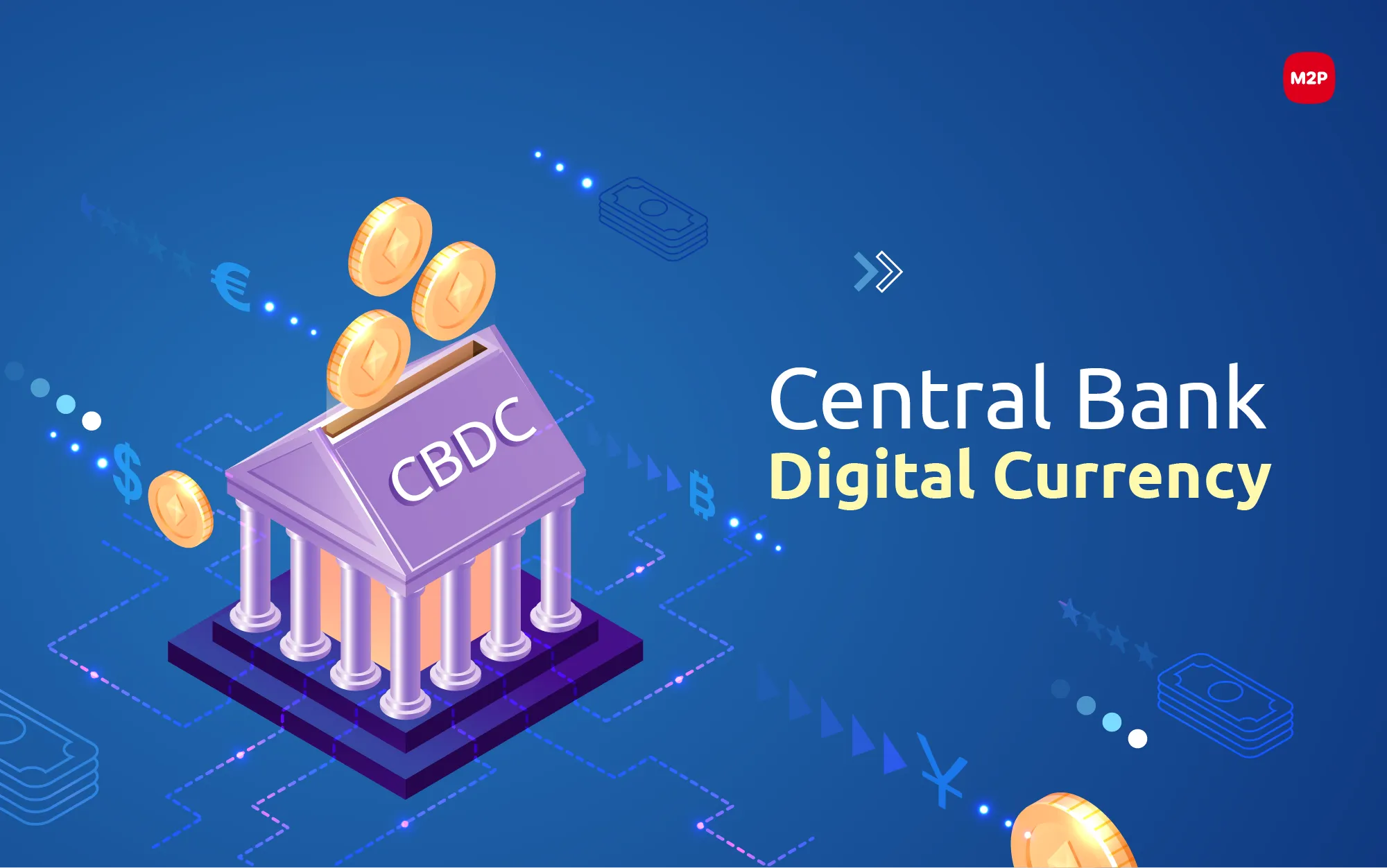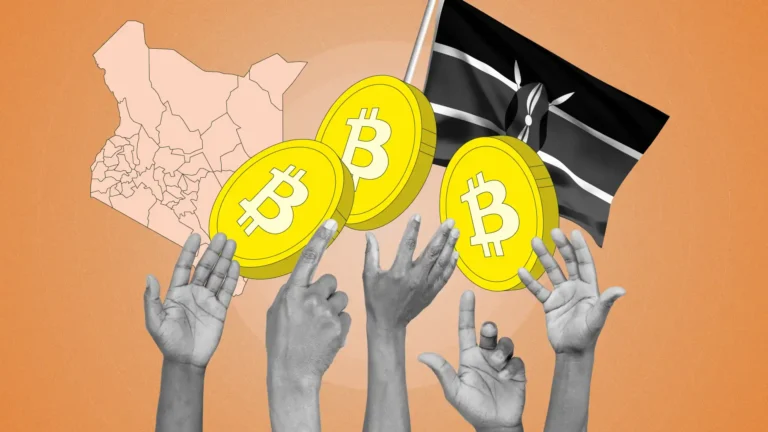The financial world is on the brink of a digital transformation. Governments and central banks across the globe are exploring Central Bank Digital Currencies (CBDCs) — state-backed digital money designed to complement or replace physical cash. While the concept of a digital currency is not new, integrating CBDCs with blockchain technology promises to revolutionize monetary …
Central Bank Digital Currencies (CBDCs) and Blockchain Integration

The financial world is on the brink of a digital transformation. Governments and central banks across the globe are exploring Central Bank Digital Currencies (CBDCs) — state-backed digital money designed to complement or replace physical cash. While the concept of a digital currency is not new, integrating CBDCs with blockchain technology promises to revolutionize monetary systems, payments, and economic governance.
As the world embraces digital finance, understanding the synergy between CBDCs and blockchain is essential — especially for regions like Africa, where digital currencies could redefine access, efficiency, and financial inclusion.
What Are CBDCs?
CBDCs are digital versions of national currencies issued and regulated by central banks. Unlike cryptocurrencies such as Bitcoin or Ethereum:
- CBDCs are legal tender, backed by the government.
- They are centralized in terms of issuance but can leverage decentralized technologies for efficiency.
- Their purpose is to provide a secure, fast, and reliable means of payment in a fully digital economy.
There are two primary types of CBDCs:
- Retail CBDCs: Designed for everyday consumers, functioning like digital cash.
- Wholesale CBDCs: Restricted to financial institutions, enabling faster interbank settlements and cross-border transactions.
The adoption of CBDCs has accelerated in recent years. Countries like China, Sweden, Nigeria, and the Bahamas are piloting or rolling out CBDCs to modernize payments and improve financial infrastructure.
Blockchain: The Backbone of Modern Digital Currencies
Blockchain technology offers a distributed ledger system that is transparent, secure, and tamper-resistant. By integrating blockchain with CBDCs, central banks can:
- Ensure transparency: Every transaction can be recorded immutably, reducing the risk of fraud.
- Improve efficiency: Blockchain can streamline payments, clearing, and settlement processes in real time.
- Maintain privacy: Through permissioned or hybrid blockchains, sensitive financial data can remain secure while still auditable.
While not all CBDCs require blockchain, its integration can enhance security, scalability, and cross-border interoperability — key components for a modern digital economy.
Benefits of Blockchain-Integrated CBDCs
1. Faster Payments and Settlements
Traditional banking systems often require multiple intermediaries for fund transfers, slowing down settlements. Blockchain-enabled CBDCs can settle transactions instantly or in near real time, reducing counterparty risk and improving liquidity.
For wholesale CBDCs, this means faster interbank settlements and enhanced efficiency in financial markets. For retail CBDCs, consumers benefit from instantaneous digital payments, reducing reliance on cash and costly intermediaries.
2. Enhanced Transparency and Trust
Blockchain provides an immutable record of all transactions. This transparency allows central banks to monitor monetary flows, prevent illicit activity, and ensure regulatory compliance.
At the same time, citizens can trust that the digital currency is traceable yet secure, balancing oversight with privacy.
3. Financial Inclusion
In Africa and other emerging economies, millions of people lack access to traditional banking. Blockchain-powered CBDCs can provide low-cost, accessible digital financial services to underserved populations.
Mobile phones can serve as wallets for CBDCs, enabling citizens to receive salaries, make payments, and access microloans without opening traditional bank accounts.
4. Cross-Border Payments
International remittances are often slow and expensive. Blockchain-enabled CBDCs can facilitate cross-border transactions with lower fees and faster settlement times.
By standardizing digital currency protocols across borders, central banks can streamline international trade and remittances, boosting economic growth.
Challenges of Blockchain-Integrated CBDCs
Despite the potential, integrating blockchain with CBDCs comes with challenges:
- Scalability: National payment systems must handle millions of daily transactions. Blockchain solutions need to be robust and scalable to avoid bottlenecks.
- Privacy Concerns: While transparency is beneficial, central banks must balance it with the privacy rights of citizens.
- Cybersecurity: Digital currencies are attractive targets for hackers. Blockchain infrastructure must be resilient against cyber threats.
- Regulatory and Legal Frameworks: Governments need to define laws governing digital currencies, cross-border usage, and taxation.
- Technology Adoption: Central banks must develop expertise in blockchain and educate users on digital wallet security, transaction protocols, and digital currency management.
Addressing these challenges is critical for CBDCs to succeed as a reliable digital payment system.
Case Studies: CBDCs and Blockchain in Action
1. Nigeria’s eNaira
Nigeria became the first African country to officially launch a CBDC in October 2021. The eNaira is designed to facilitate faster payments, financial inclusion, and digital transactions.
Blockchain integration helps:
- Track transactions transparently.
- Reduce dependency on cash.
- Support government programs for welfare disbursement.
The eNaira serves as a model for how blockchain can empower national digital currencies in emerging markets.
2. China’s Digital Yuan
China’s Digital Yuan (e-CNY) is a wholesale and retail CBDC operating on a blockchain-like infrastructure. It aims to modernize payment systems, support cross-border trade, and provide a programmable currency for public services.
AI and blockchain are used together to enhance monitoring, detect fraudulent activities, and optimize transaction efficiency.
3. Bahamas’ Sand Dollar
The Sand Dollar is a blockchain-based CBDC that improves access to banking services for remote islands. Citizens can store and transact digital currency securely via mobile apps, showcasing the potential of blockchain for inclusion and efficiency.
The Future: AI, Blockchain, and CBDCs
AI and blockchain together can enhance CBDC functionality:
- Fraud Detection: AI can analyze transactional patterns and detect anomalies in real time.
- Smart Monetary Policies: AI can simulate policy outcomes and optimize currency supply or interest rates digitally.
- Dynamic Risk Management: Combining AI with blockchain enables adaptive security protocols that respond to emerging threats instantly.
This convergence has the potential to make CBDCs not only secure and transparent, but also intelligent, adaptive, and scalable, capable of responding to complex economic environments in real time.
Africa’s Opportunity
For Africa, blockchain-integrated CBDCs represent a unique opportunity:
- Financial Inclusion: Millions without bank accounts can access digital financial services.
- Efficient Governance: Governments can distribute subsidies, salaries, and aid securely.
- Cross-Border Trade: Regional CBDCs could simplify trade within African markets and beyond.
- Innovation Leadership: Africa can pioneer digital currency solutions tailored to local needs, leapfrogging traditional financial infrastructure.
Blockchain-enabled CBDCs could redefine the economic landscape, empowering individuals, businesses, and governments alike.
Conclusion: The Dawn of Digital Money
Central Bank Digital Currencies are no longer theoretical—they are becoming a reality. When integrated with blockchain, CBDCs offer security, transparency, efficiency, and inclusion, potentially transforming both domestic and international financial systems.
While challenges remain in scalability, privacy, and regulation, the potential benefits are too significant to ignore. AI and blockchain technologies could make CBDCs adaptive, secure, and globally interoperable, ushering in a new era of digital money.
For Africa and emerging economies, blockchain-integrated CBDCs are more than a technological advancement—they are a pathway to financial empowerment, innovation, and inclusion.
The question is not if CBDCs will change the financial system, but how blockchain and intelligent technologies will shape the speed, security, and accessibility of money in the digital age.








